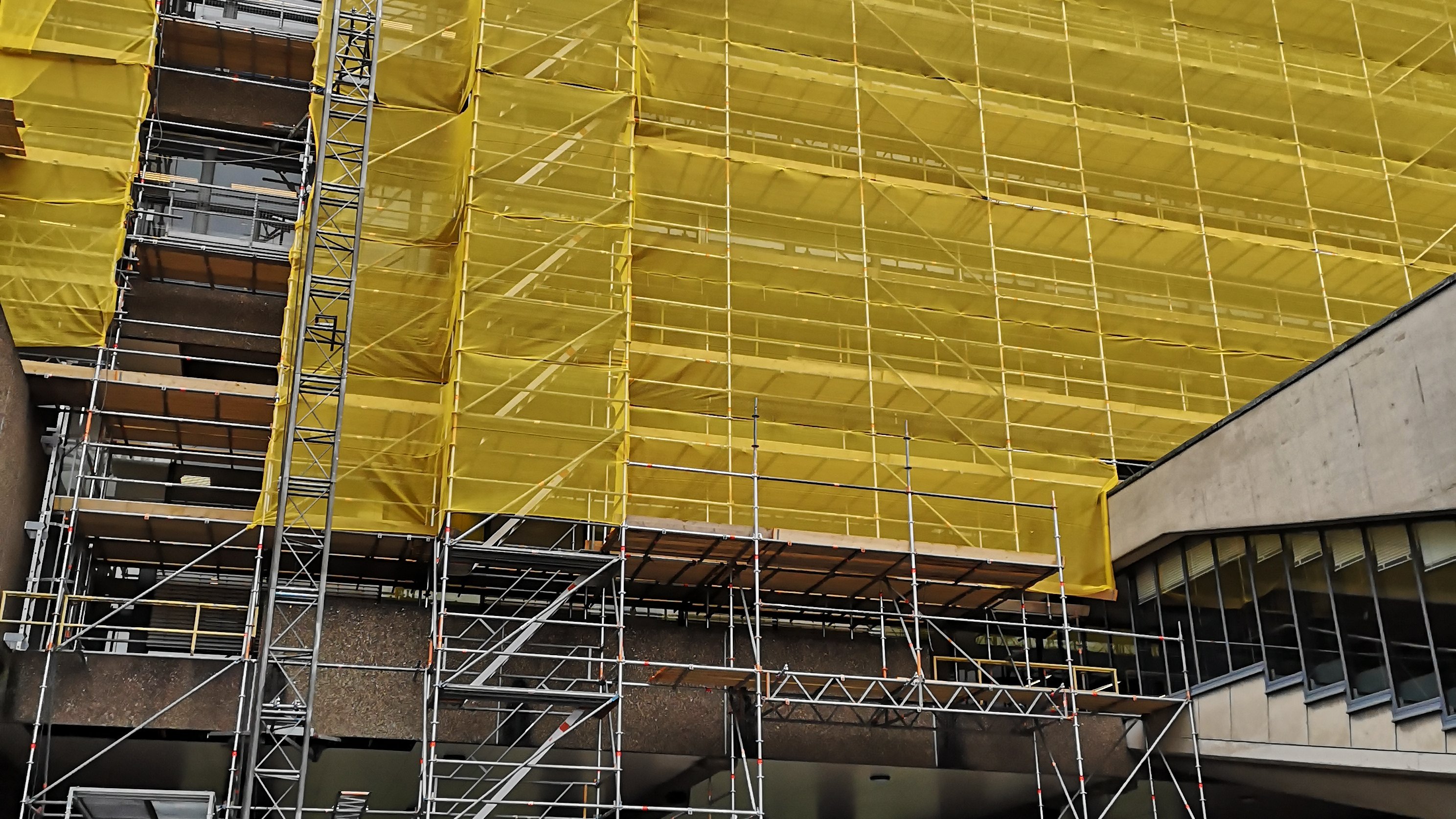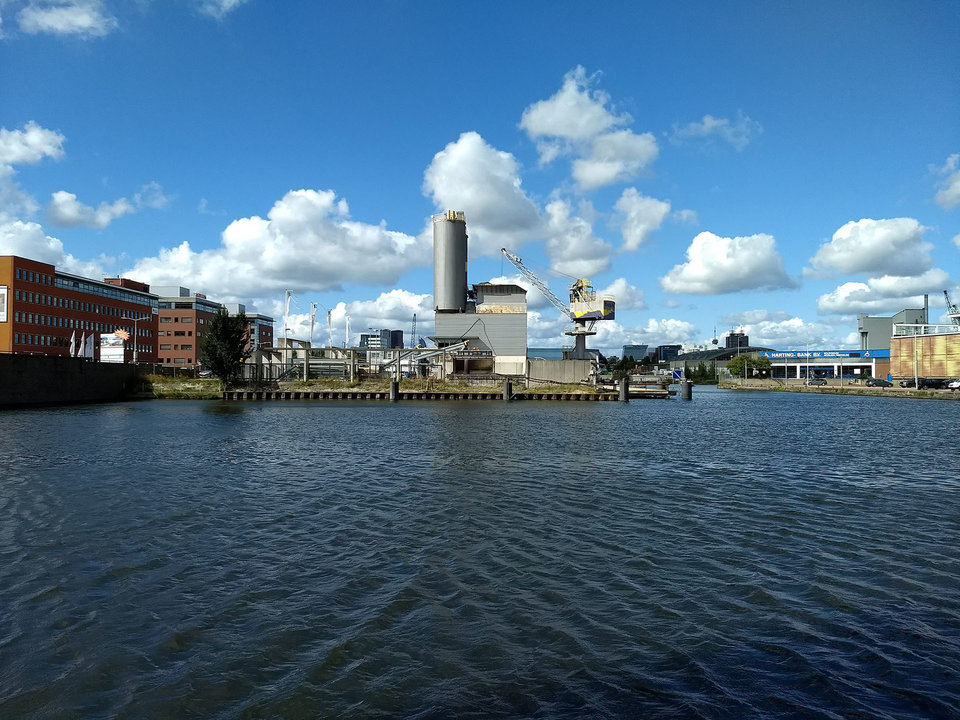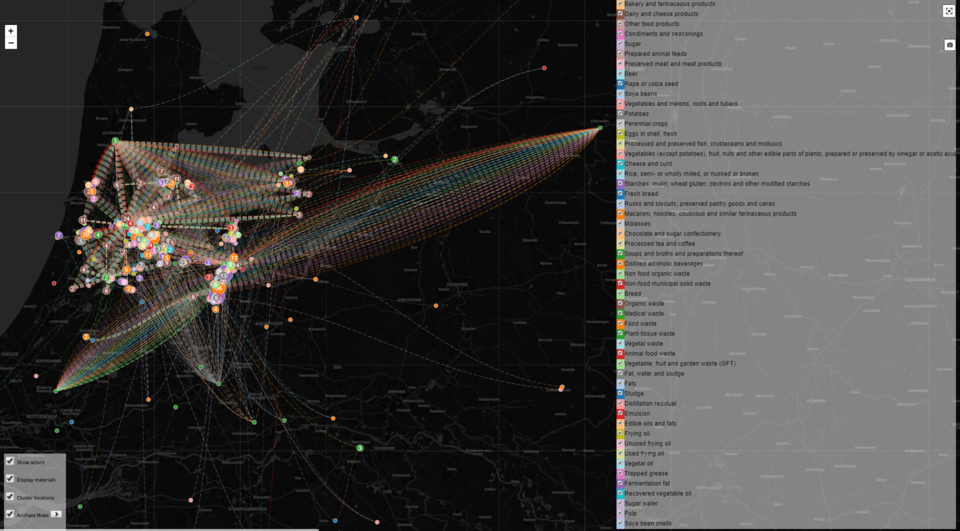Recognise this? You need the aircon on in the summer and the heating is on full during the winter, but it never feels really comfortable. It’s definitely not sustainable. By today’s standards, buildings dating from before 1980 tend to guzzle energy, feel uncomfortable and are expensive to maintain. A modern, advanced façade gets rid of some problems, but under what circumstances is this kind of renovation a realistic option? Can façade leasing make the practice of renovation more sustainable? Researchers in the Faculty of Architecture and the Built Environment put it to the test.
The recycling and preservation of the value of construction materials are cornerstones of the circular economy. These do nothing if you opt for a business model where a building owner purchases a product and has it maintained as cheaply as possible, uses it for as long as possible and regards it as demolition waste at the end of its life cycle. This kind of model is equally useless when it comes to making use of the best the market has to offer. Is there no alternative? Tillmann Klein, Professor of Building Product Innovation, thinks there is. “In the Façade Leasing project, we researched the applicability of a model in which the product – in this case the façade – is linked to a service, such as leasing. Rather than becoming the property of the real estate owner, the façade remains in the hands of another party. This is for example the supplier, who, due to the potential for reusing components and materials, benefits if the quality and product value are kept as high as possible. The hypothesis is that a leasing structure of this kind results in a better product that also performs more effectively throughout its life cycle. And it does this for a price that’s comparable with the costs of purchase and maintenance.”
Façade living lab
This kind of model brings about a change in terms of roles. It also demands a new balance of costs and benefits in the real estate value chain, both on the demand and supply side. It demands the effort to get people thinking about an alternative approach based on the entire life cycle of a product. This is why Klein's team sought contact with suppliers and the TU Delft Campus and Real Estate & Facility Management (CRE&FM) department, which owns and manages the university estate. Researcher Juan Azcarate explains that various parties from the façade industry – very keen itself to find more sustainable ways of working and business models – proved willing to work on a façade living lab. “Partly thanks to support from the European Climate-KIC programme, CRE&FM was able to have several innovative façade products fitted to the building of the Faculty of Electrical Engineering, Mathematics and Computer Science in 2016. This mock-up mobilised our research into a different business model. By analysing the opportunities for leasing together with a range of parties, including suppliers, sector organisation VMRG and ABN Amro bank, we gained some idea of what real estate operation based on product services entails.”
Civil Engineering and Geosciences test case
In the meantime, the Faculty of Civil Engineering and Geosciences (CEG) needed façade maintenance. The western façade was to be painted. Knowing that the building would definitely be used for another 15 years, Klein wondered if a brand-new eastern façade – covering some 2,500 sq. m. – could actually be a more sustainable, financially viable solution. This would mean improved comfort and much less wasted energy, and entails façade components that could be reused after 15 years. “It became a real test case, investigating all kinds of aspects of a leasing construction.” If, for example, the supplier retains ownership of the façade, this encourages them to optimise maintenance in order to retain as much value as possible. In that case, it becomes worthwhile to monitor the use of the façade. “How often are the 460 motors that drive the sun blinds active? How often are windows opened and closed? With a clearer idea of wear-and-tear risks and of the maintenance effort required, maintenance can be made more effective and costs cut.”
Financial and legal experts at TU Delft then joined the discussion. How, they wondered, for example, will the necessary investment come about if there is still so much uncertainty about the residual value of the façade? “We explored all the necessary changes, from alternative ways of budgeting by the real estate owner to a different corporate structure for the façade supplier Alkondor Hengelo BV. We even developed an initial version of a leasing contract.”
Arjen Keuning is project manager at CRE&FM and celebrates the ground-breaking achievement: “Developing a legal structure and type of contract for a leased façade is pure innovation. Having a façade that can be given a new purpose in due course has already got us thinking about it with architects and other professionals. Monitoring the façade mechanics will also provide us with valuable insights that we can use in managing other real estate.”
Step forward
Ultimately, façade leasing proved not to be viable, as it is too expensive in the current financial climate. The TU Delft did acquire a new, modular multifunctional façade system. It was taken into use in January 2020. The perfomance of the system is being monitored. Klein: “The experiment was without doubt a success. The collaboration between CRE&FM as real estate owner, the faculty of CEG as the user and our research group resulted in a real living lab from which everyone has benefited. A framework for a leasing contract is in place and we have taken a step forward in our thinking about the operation of real estate relative to the life cycle of construction materials. This has given us a taste for more.”
Stijn van Boxmeer, faculty secretary at the CEG, adds: “The energy-savings and significantly increased user comfort thanks to the new façade with its double glazing, exterior sun blinds, night-time ventilation and other great features are not the only wins. We have also gained some very valuable knowledge in construction and structural engineering. We applied it immediately to improve the indoor climate elsewhere in the building.”







